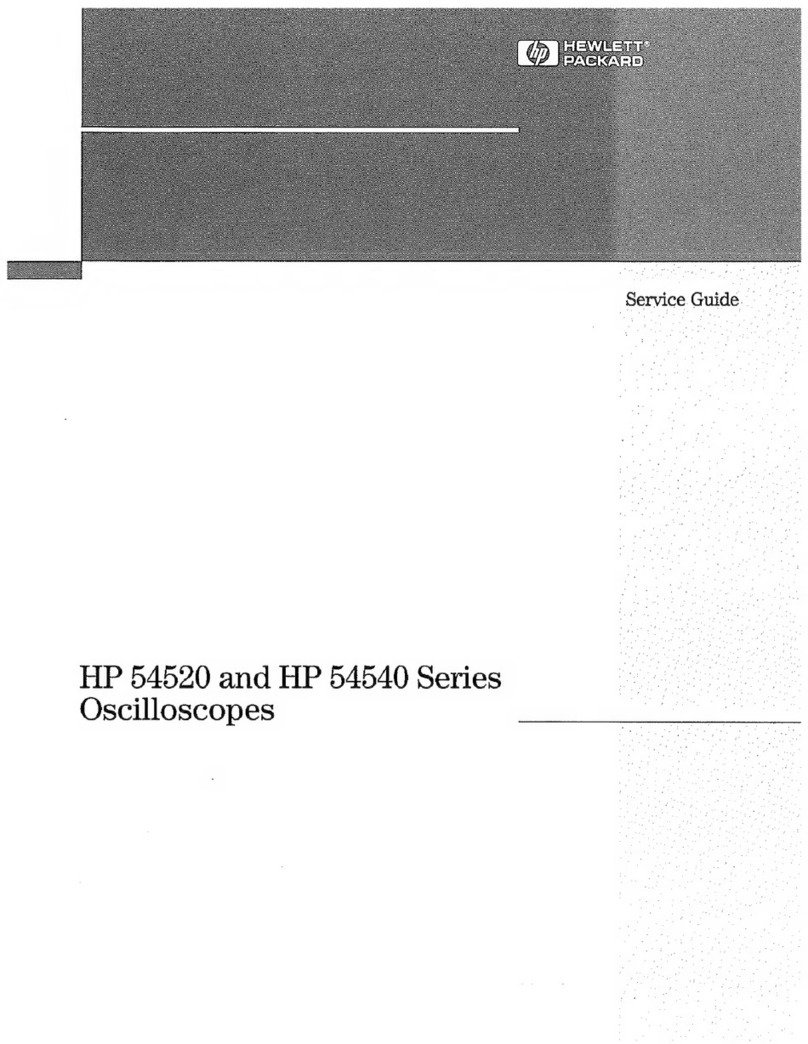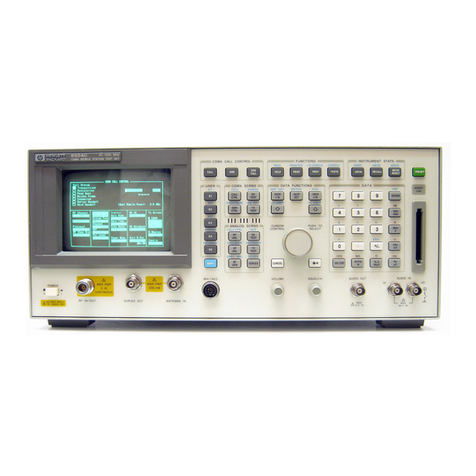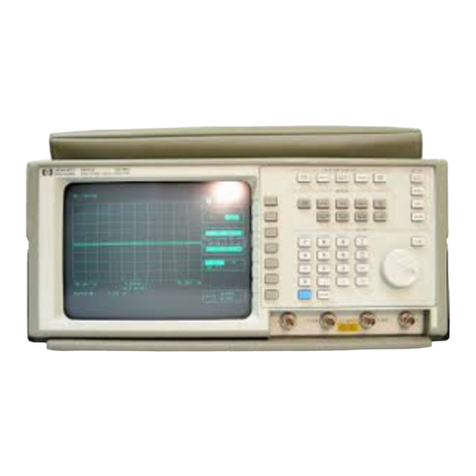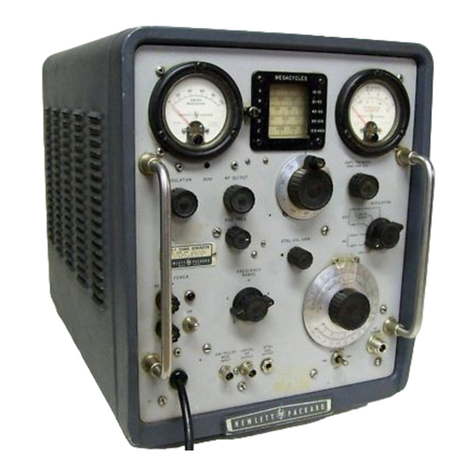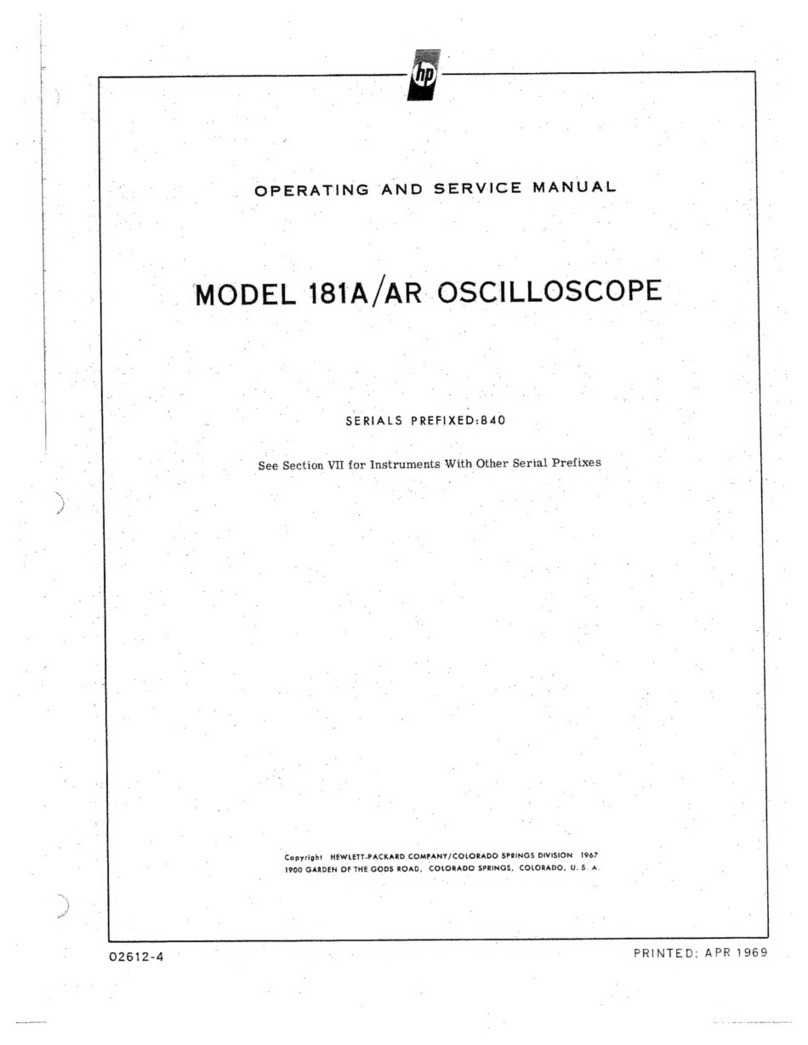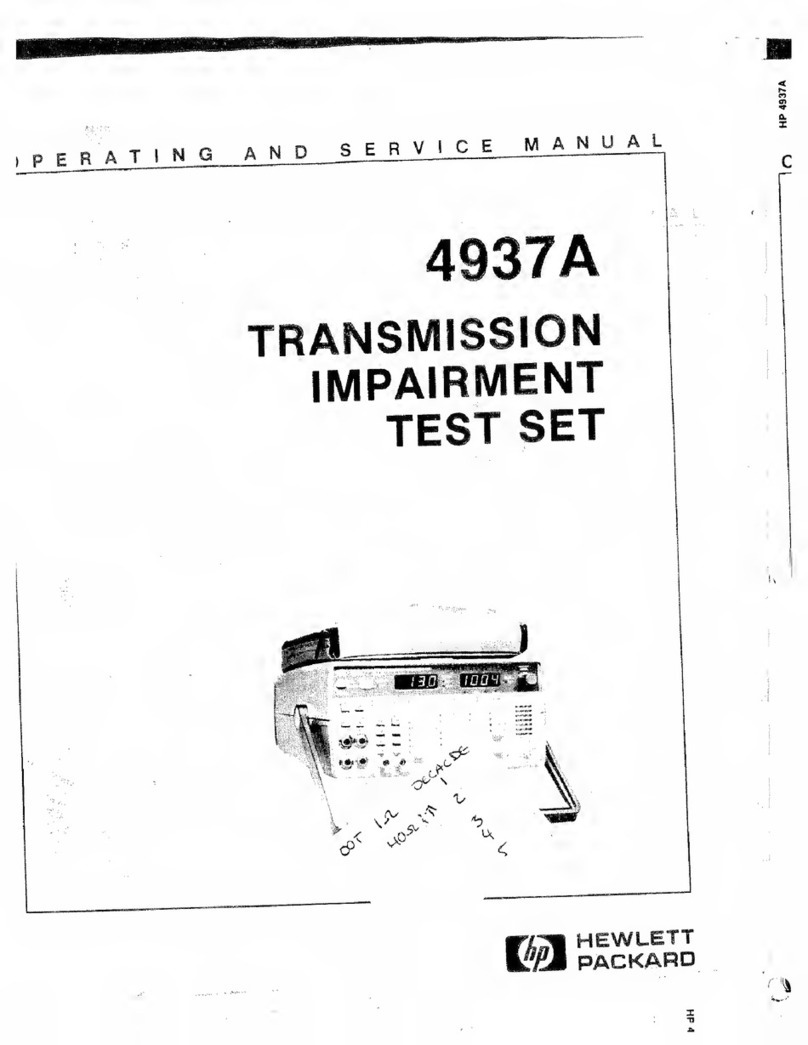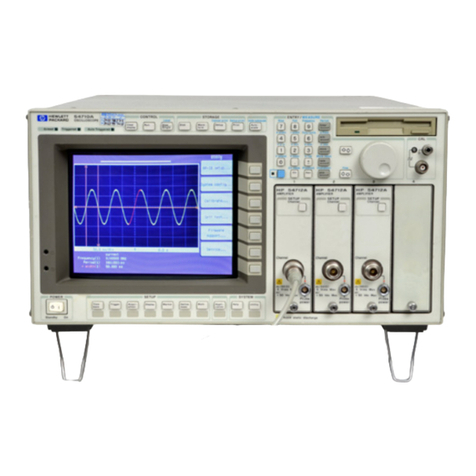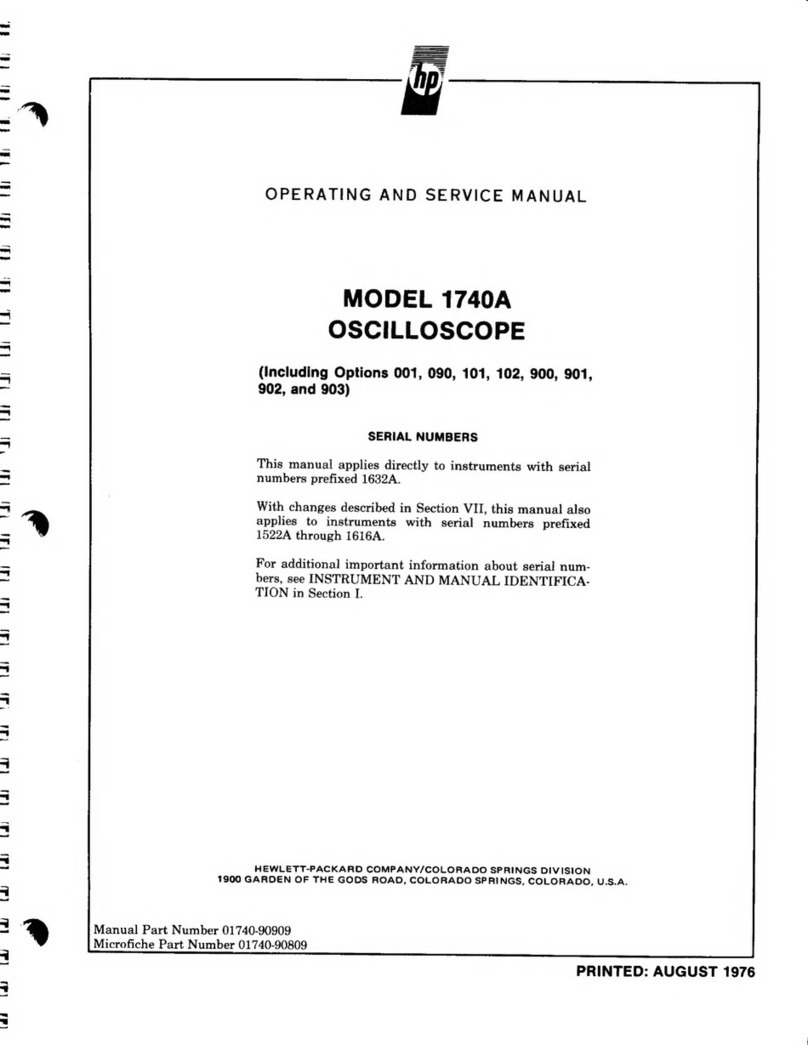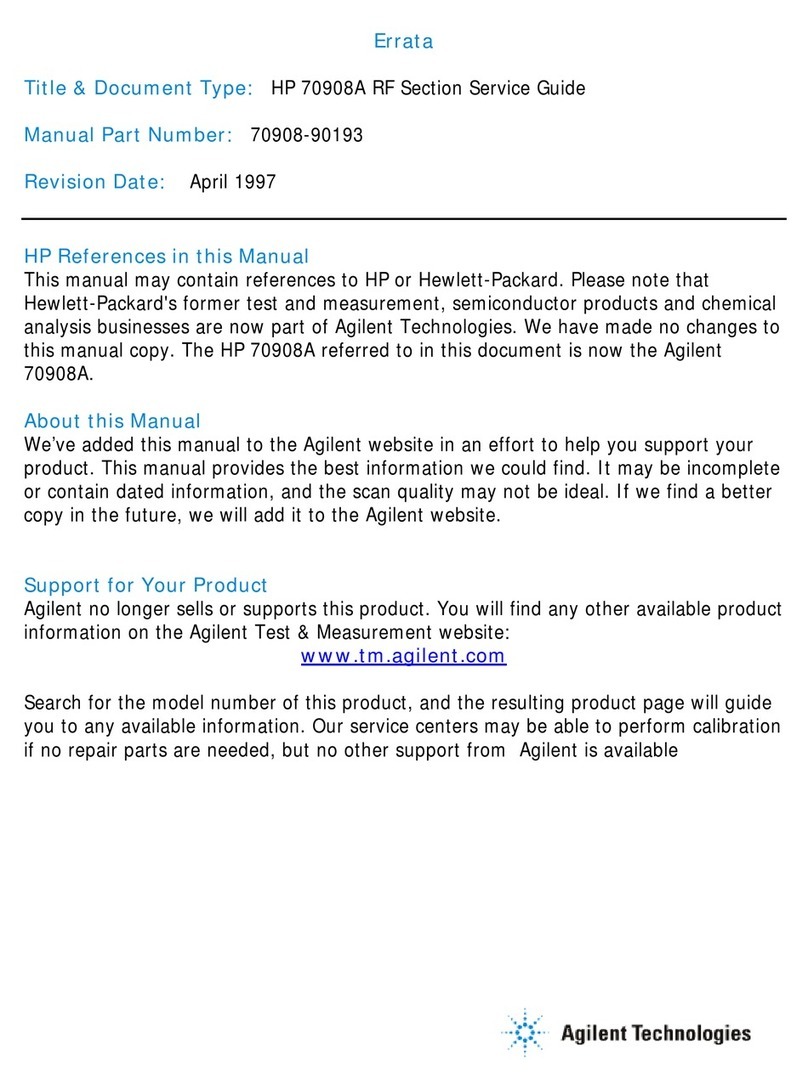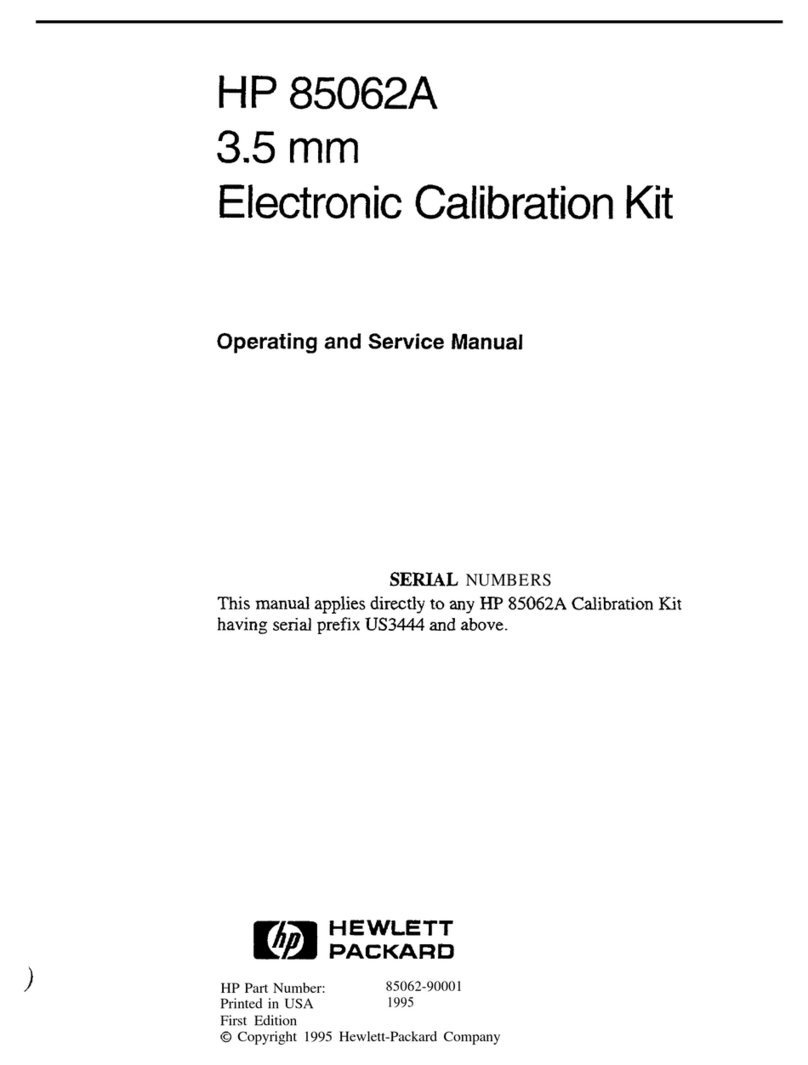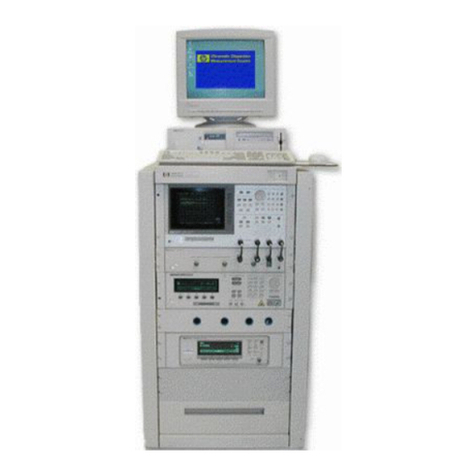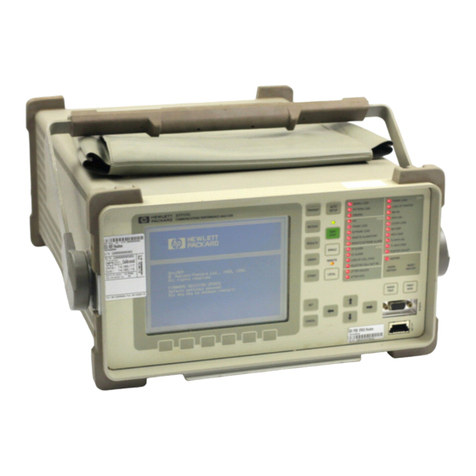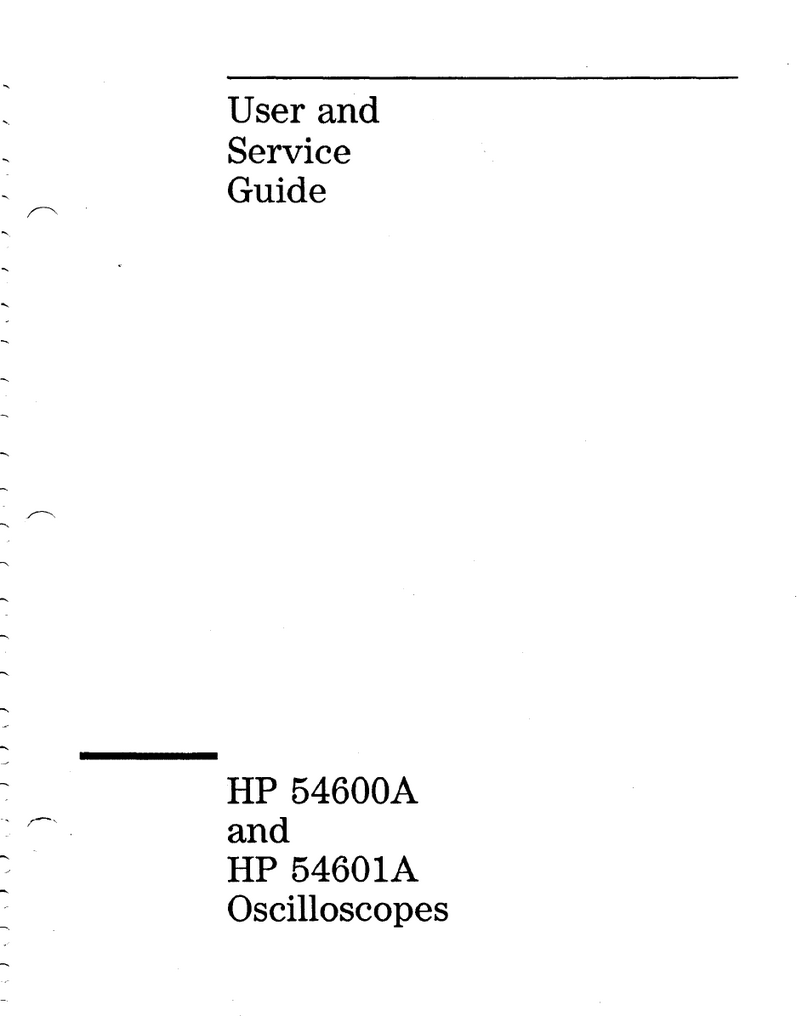
The HP 64782 Emulator
Description
The Hewlett-Packard Model 64782 emulator supports the Motorola 6833x
microprocessor family. The emulators and supported microprocessors include
HP 64782B/MC68331, HP 64782C/MC68332, HP 64782E/MC68334,
HP 64782G/MC68336, and HP 64782J/MC68338. In this manual, the HP
emulators are referred to by Model Number 64782, and the Motorola
microprocessors are referred to by MC6833x, except where specific information
applies only to certain individual members of the emulator/microprocessor family.
The emulator supports clock speeds up to 33 MHz.
The emulator supports both 5V and 3.3V operation. The emulator has a PGA-style
connector. It can be plugged directly into the PGA connector on the demo board,
and it can be plugged into a PQFP or TQFP target system using optional
accessories.
The emulator plugs into the modular HP 64700 instrumentation card cage and
offers 64 channels of processor bus analysis with the HP 64794A or HP 64704A
emulation-bus analyzer. Up to eight megabytes of emulation memory may be
installed on the probe. High performance download is achieved through the use of
an optional LAN or RS-422 interface. A pair of RS-232 ports and a
firmware-resident interface allow debugging of a target system at remote locations.
For software development, the HP AxCASE environment is available on SUN
SPARCsystems and on HP workstations. This environment includes an ANSI
standard C compiler, assembler/linker, a debugger, the HP Software Performance
Analyzer that allows you to optimize your product software, and the HP Branch
Validator for test suite verification. The C compiler, assembler/linker, and
debugger are also available for MS-DOS systems.
Language support is also available from several third-party vendors. This capability
is provided through the HP 64700’s ability to consume several industry standard
output file formats.
v













